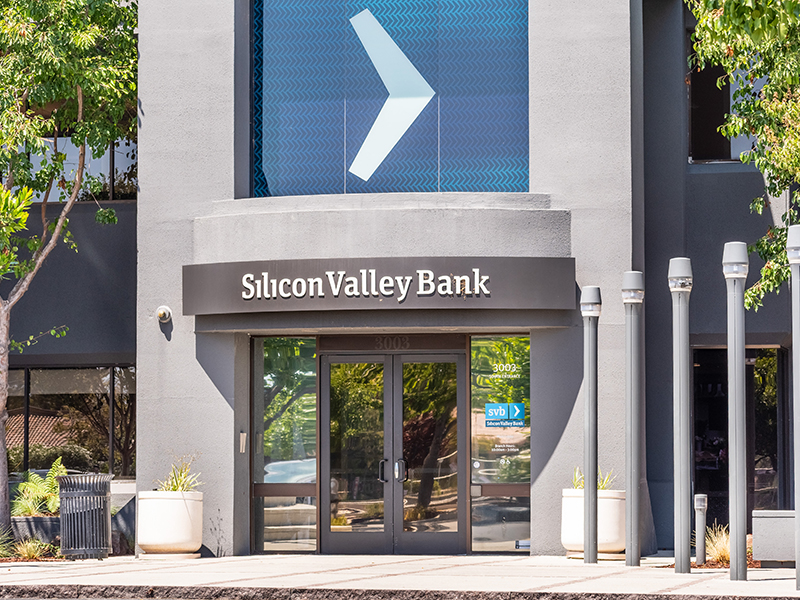

When two U.S. banks failed this month, among the investors who lost millions were U.S. public sector pension funds responsible for ensuring the retirements of teachers, firefighters and other government workers.
Since the pension funds are diversified investors whose holdings in Silicon Valley Bank and Signature Bank were small portions of their portfolios, experts aren’t overly concerned about losses for relatively small holdings. But the losses show how pensions are exposed to risk as they try to reduce funding gaps.
Equable, a privately funded non-profit organization that researches public pensions and advocates for their security, has identified more than two dozen public sector pension funds with direct holdings in Silicon Valley Bank or Signature Bank or both.
Read: Study finds U.S. public pension plans’ average funding ratio reached 77.8% in 2022
In every case, the banks’ stocks represented no more than a few dollars out of every US$10,000 in assets in the fund. The fund with the largest stake in Silicon Valley Bank was the California Public Employees’ Retirement System, a fund that’s valued at $443 billion. It owned $67 million in SVB stock and $11 million in Signature Bank. Combined, that amounts to 0.02 per cent of the fund’s assets.
The New York State Common Fund, the Ohio State Teachers’ Retirement System, the State Teachers’ Retirement Fund and the Washington State Investment Board were among those that had stock in one or both banks.
Experts don’t see these investment losses as alarming. Pension funds are big investors that seek to spread around their holdings and while there were some signs of trouble for the banks that failed, they were still considered significant U.S. banks. “It’s a mistake to say that an investment in Silicon Valley Bank stock alone is risky,” says Anthony Randazzo, executive director of Equable.
Read: Cryptocurrency plunge a cautionary tale for U.S. public pension funds
Most public pensions were fully funded in 2000. But around that time, many plans increased benefits, reduced contributions from the governments or both. Those decisions amplified the impact of the 2008/09 financial crisis on the funds, with market losses widening their funding gaps. By 2016, the Pew Charitable Trusts found that state-run funds had only two-thirds of what they needed to cover their obligations.
With mostly strong markets, bigger government contributions and benefit changes — including reducing the retirement promises for newly-hired workers and requiring employees to contribute more — the funds’ conditions have improved. By 2021, after a year of massive market growth, Pew estimated state pensions were 84 per cent funded, the highest level since before the financial crisis.
David Draine, who studies public sector retirement systems at Pew, says the funding gaps are probably now about where they were before the market shockwaves during the coronavirus pandemic. But the greater government contributions and other changes have increased their likelihood of withstanding future market declines.
Stocks and fixed asset investments still make up the majority of the holdings of public sector pension funds tracked by the Center for Retirement Research at Boston College. But the portion of assets in other — and often more volatile — investments such as real estate and hedge funds has grown over the last two decades. Investment in private equity nearly quadrupled, going from 2.3 per cent of funds’ holdings in 2001 to 8.7 per cent in 2021.
“They’re being asked to earn somewhere between 6.5 per cent and 7.5 per cent a year on average,” says Randazzo. “And the only way that’s possible is by taking some significant risk.”
Read: Canadian model offers lessons for U.S. public pensions: report
